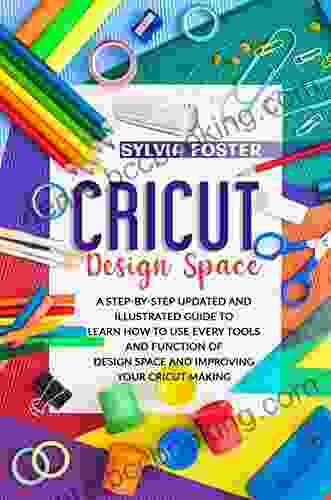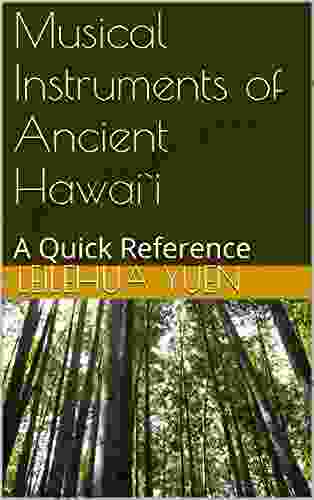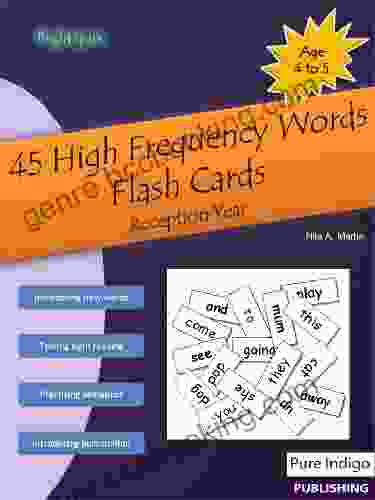The Science and Culture of Pain on Purpose: Unraveling the Fascinating World of Intentional Suffering


4.5 out of 5
| Language | : | English |
| File size | : | 2755 KB |
| Text-to-Speech | : | Enabled |
| Screen Reader | : | Supported |
| Enhanced typesetting | : | Enabled |
| X-Ray | : | Enabled |
| Print length | : | 210 pages |
Pain, an intrinsic part of human existence, has long been associated with negative experiences. Yet, throughout history and across cultures, people have intentionally sought out pain for various reasons. From religious rituals to extreme sports and body modification, pain has played a significant role in shaping human societies and individual experiences. This article delves into the science and culture of pain on purpose, exploring the fascinating world of intentional suffering.
The Science of Pain
Pain, a complex and subjective experience, is triggered by the activation of nociceptors, specialized nerve endings that detect potentially damaging stimuli. These stimuli can be mechanical, thermal, chemical, or electrical. Once activated, nociceptors send signals through the nervous system to the brain, where they are interpreted as pain. The intensity and duration of pain depend on various factors, including the nature of the stimulus, the individual's pain threshold, and their psychological state.
While pain typically serves as a warning mechanism, protecting us from harm, intentional pain challenges this notion. By voluntarily exposing oneself to pain, individuals can alter their pain perception and experience it differently. Research suggests that endorphins, natural painkillers released by the body, play a role in reducing pain sensation during intentional pain.
The Cultural Significance of Pain
Pain has always been intertwined with human culture. In many traditional societies, pain serves as a rite of passage, a means of marking important life events or demonstrating courage and endurance. Ancient rituals, such as scarification and circumcision, have been used to signify tribal affiliation, social status, and religious devotion. In some cultures, pain is believed to possess healing or transformative properties.
In contemporary society, pain on purpose has found expression in various forms, including extreme sports, body art, and certain religious practices. Participants in these activities often seek a sense of accomplishment, personal growth, or connection to a higher power. The cultural significance of pain is deeply rooted in the beliefs and values of different societies and shapes how individuals experience and interpret pain.
Physical and Psychological Effects of Pain
While pain is often seen as a physical phenomenon, it also has significant psychological effects. Intentional pain can lead to changes in mood, perception, and cognition. Studies have shown that exposing oneself to pain can reduce stress, anxiety, and depression. Paradoxically, it can also increase feelings of pleasure and reward. This complex interplay between pain and psychological well-being highlights the multifaceted nature of human experience.
Physical effects of intentional pain vary depending on the intensity and duration of the stimulus. Mild pain may cause localized discomfort, while severe pain can lead to tissue damage, organ failure, or even death. It is crucial to engage in intentional pain practices with caution and under the guidance of qualified professionals to minimize potential risks.
Masochism and Sadism: Extreme Forms of Intentional Pain
Two extreme forms of intentional pain are masochism and sadism. Masochism involves deriving pleasure from the experience of pain, while sadism involves inflicting pain on others for sexual or psychological gratification. Although both conditions are considered paraphilias, they are distinct in their motivations and psychological underpinnings.
Masochism is often associated with feelings of shame, guilt, and low self-esteem. Individuals with masochistic tendencies may engage in painful acts as a way to cope with emotional distress or to experience a sense of control. Sadism, on the other hand, is characterized by a desire to dominate and control others. Individuals with sadistic tendencies may derive pleasure from inflicting pain as a way to assert their power and dominance.
Anthropological and Historical Perspectives
The study of intentional pain has captured the attention of anthropologists and historians for centuries. Anthropological research provides insights into the cultural variations in pain practices, revealing how different societies perceive and use pain for ritualistic, social, and therapeutic purposes. Historical studies delve into the evolution of pain practices over time, tracing the changing attitudes towards pain and the role it has played in shaping human history.
From the ancient Greeks, who believed that pain was a divine punishment, to the Victorian era, where pain was seen as a necessary evil, our understanding of pain has undergone significant transformations. Interdisciplinary research continues to shed light on the complex relationship between pain, culture, and the human experience.
The science and culture of pain on purpose present a captivating and multifaceted exploration of human nature. From ancient rituals to modern practices, intentional pain has been a part of human societies throughout history. By understanding the science behind pain sensation, its cultural significance, and the physical and psychological effects it can have, we gain a deeper appreciation for the complexity and diversity of human experience.
Whether we choose to inflict pain on ourselves or witness it in others, it is essential to approach intentional pain with respect and understanding. As we continue to study and explore the science and culture of pain on purpose, we may gain invaluable insights into the human capacity for resilience, the nature of suffering, and the quest for meaning in the face of pain.
4.5 out of 5
| Language | : | English |
| File size | : | 2755 KB |
| Text-to-Speech | : | Enabled |
| Screen Reader | : | Supported |
| Enhanced typesetting | : | Enabled |
| X-Ray | : | Enabled |
| Print length | : | 210 pages |
Do you want to contribute by writing guest posts on this blog?
Please contact us and send us a resume of previous articles that you have written.
 Book
Book Novel
Novel Page
Page Chapter
Chapter Text
Text Story
Story Genre
Genre Reader
Reader Library
Library Paperback
Paperback E-book
E-book Magazine
Magazine Newspaper
Newspaper Paragraph
Paragraph Sentence
Sentence Bookmark
Bookmark Shelf
Shelf Glossary
Glossary Bibliography
Bibliography Foreword
Foreword Preface
Preface Synopsis
Synopsis Annotation
Annotation Footnote
Footnote Manuscript
Manuscript Scroll
Scroll Codex
Codex Tome
Tome Bestseller
Bestseller Classics
Classics Library card
Library card Narrative
Narrative Biography
Biography Autobiography
Autobiography Memoir
Memoir Reference
Reference Encyclopedia
Encyclopedia L A Amber
L A Amber Larry Loftis
Larry Loftis Shana Alexander
Shana Alexander Mark Hyman
Mark Hyman Leanne Howe
Leanne Howe Marsha Collier
Marsha Collier Laura Matthias Bendoly
Laura Matthias Bendoly Lee Jackson
Lee Jackson Levi Zelkind
Levi Zelkind Ray Mancini
Ray Mancini Linda Carroll
Linda Carroll Vaunda Micheaux Nelson
Vaunda Micheaux Nelson Lara Quaranta
Lara Quaranta Yves Batoba
Yves Batoba Laura Numeroff
Laura Numeroff Thubten Yeshe
Thubten Yeshe Leah Vernon
Leah Vernon Lauren Wells
Lauren Wells Rachel Caine
Rachel Caine Ladette Randolph
Ladette Randolph
Light bulbAdvertise smarter! Our strategic ad space ensures maximum exposure. Reserve your spot today!
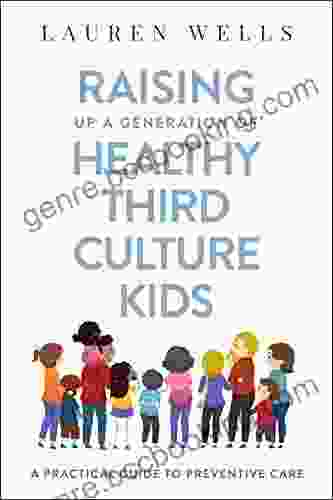
 Vincent MitchellUnlock the Secrets to Optimal Health: A Comprehensive Guide to Preventive...
Vincent MitchellUnlock the Secrets to Optimal Health: A Comprehensive Guide to Preventive... Curtis StewartFollow ·5.3k
Curtis StewartFollow ·5.3k Ismael HayesFollow ·19.6k
Ismael HayesFollow ·19.6k Octavio PazFollow ·12.5k
Octavio PazFollow ·12.5k Stephen FosterFollow ·15.7k
Stephen FosterFollow ·15.7k Kelly BlairFollow ·5.1k
Kelly BlairFollow ·5.1k Jared NelsonFollow ·19.8k
Jared NelsonFollow ·19.8k Alvin BellFollow ·13.3k
Alvin BellFollow ·13.3k Carter HayesFollow ·16.2k
Carter HayesFollow ·16.2k

 Branden Simmons
Branden SimmonsUnveiling the World of Tequila: A Collector's Guide to...
: Prepare to embark on a tantalizing journey...
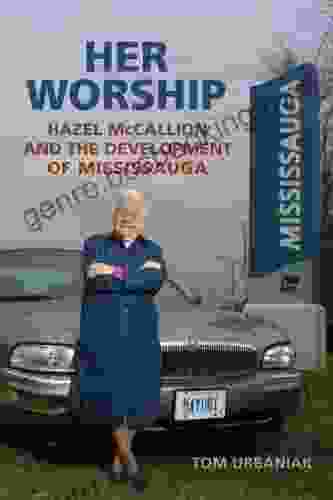
 Chuck Mitchell
Chuck MitchellHazel McCallion and the Development of Mississauga: A...
: The Matriarch of Mississauga Hazel...

 Lucas Reed
Lucas ReedUnveiling the Hidden Treasures of Tequila, Mezcal, and...
Prepare to be captivated...
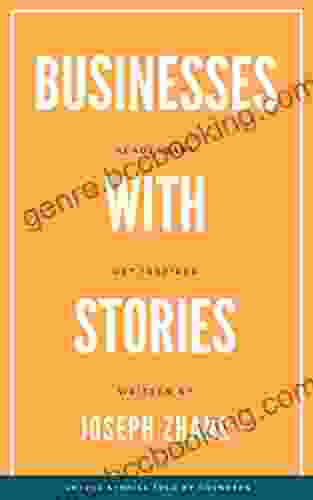
 Isaias Blair
Isaias BlairBusinesses With Stories: The Power of Storytelling in...
In today's competitive business environment,...

 Ethan Gray
Ethan GrayUnveiling the World of Tequila, Mezcal, and Sotol: The...
Embark on a...
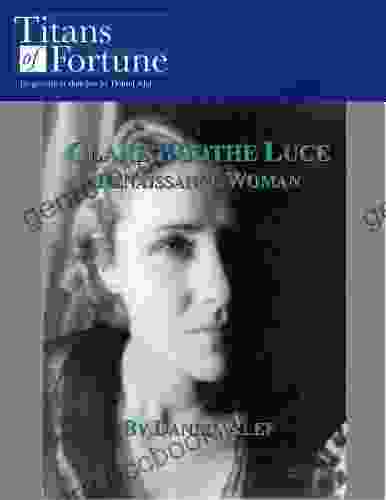
 Barry Bryant
Barry BryantClare Boothe Luce: Renaissance Woman
In the annals of history, few...
4.5 out of 5
| Language | : | English |
| File size | : | 2755 KB |
| Text-to-Speech | : | Enabled |
| Screen Reader | : | Supported |
| Enhanced typesetting | : | Enabled |
| X-Ray | : | Enabled |
| Print length | : | 210 pages |



